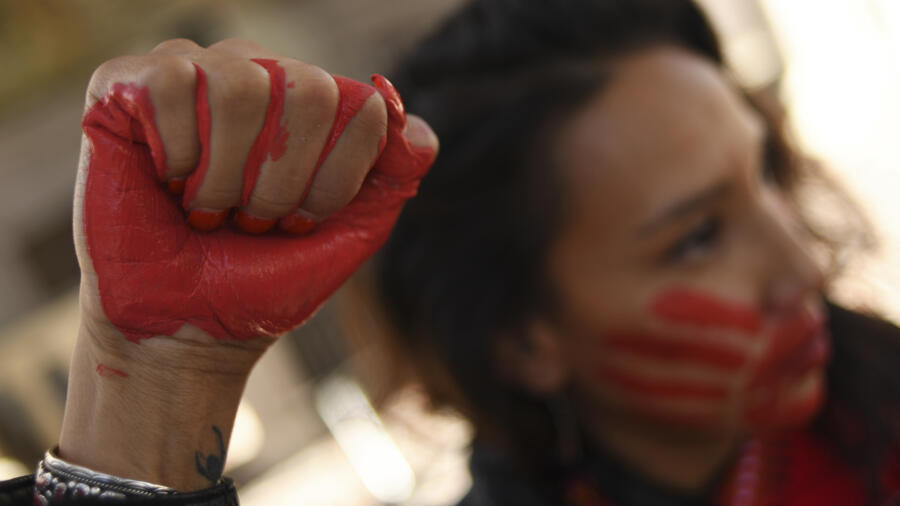Savanna LaFontaine-Greywind, just 22 years old and eight months pregnant, had every reason to look forward to her future. Instead, in August 2017, her life ended in one of the most horrifying crimes in recent memory. Her neighbor Brooke Crews lured her upstairs, murdered her, and cut her baby from her womb. After nine agonizing days, searchers found Savanna’s body in the Red River, wrapped in plastic.
This brutal crime didn’t fade into silence—it fueled a national movement for missing and murdered Indigenous women (MMIW). Let’s uncover the most tragic truths of her story and how they sparked lasting change.
She Became a Victim in Her Own Apartment Building
Savanna didn’t walk into danger—danger came to her. Crews invited her upstairs with a lie about needing help with a sewing project. But once inside, Savanna faced unimaginable cruelty. Crews murdered her and forcibly took her unborn child.
Authorities arrested Crews shortly after the baby’s discovery. Her boyfriend, William Hoehn, helped hide the crime and received a 20-year sentence. Thankfully, Savanna’s baby girl survived, a rare light in a sea of darkness.
Prejudice May Have Motivated the Crime
Investigators and authors believe racial bias played a significant role. Journalist Mona Gable, who wrote Searching for Savanna, revealed disturbing details. Crews and Hoehn, she said, harbored deep resentment toward Native Americans.
“They didn’t know Savanna personally, but they clearly disliked her family,” Gable noted. “If Savanna had been white, I don’t think Crews would’ve dared to act.”
That possibility speaks volumes about the broader risks Indigenous women face every day.
Her Family’s Persistence Forced Authorities to Act
Savanna’s family didn’t wait quietly. They organized search parties, rallied the public, and spoke with media outlets nonstop. Their strength and visibility kept the case in the spotlight.
As a result, Fargo residents took to the streets. Local and national news followed. The pressure worked. Police intensified their efforts, and justice arrived swiftly—a rare outcome for cases involving Native victims.
Her Story Shattered the Media’s Usual Silence
Typically, cases involving missing Indigenous women go unnoticed. This time, the narrative changed. News outlets picked up Savanna’s story. Social media campaigns demanded coverage.
The tragedy revealed a media bias known as Missing White Woman Syndrome, where white victims receive disproportionate attention, leaving Indigenous cases ignored. Savanna’s family changed that—for her and for many others.
Law Enforcement Failures Keep Indigenous Families Waiting
While Savanna’s murder received justice, thousands of Indigenous women remain missing. Their families often run into a tangled web of legal confusion and indifference.
Different jurisdictions—tribal, local, and federal—frequently argue over who should take the lead. In the meantime, valuable time and evidence slip away. Gable emphasized, “By the time they decide, it’s too late.”
This chaos continues to prevent closure in countless cases.
Her Death Helped Change the Law
Savanna’s name now appears in federal legislation. In 2020, Congress passed Savanna’s Act and the Not Invisible Act. These bills improve law enforcement training, mandate better data sharing, and increase funding for tribal justice systems.
These reforms began because of the public outrage surrounding Savanna’s death. They represent a turning point—proof that voices raised in grief can still lead to progress.
The Movement Still Needs More Than Laws
Although Savanna’s legacy helped spark reform, real protection requires more than legislation. Advocates call for on-reservation resources like shelters, transportation, health care, and childcare to prevent violence before it happens.
As Gable stated clearly: “It’s not just about getting justice after someone dies. It’s about making sure no one else has to.”

